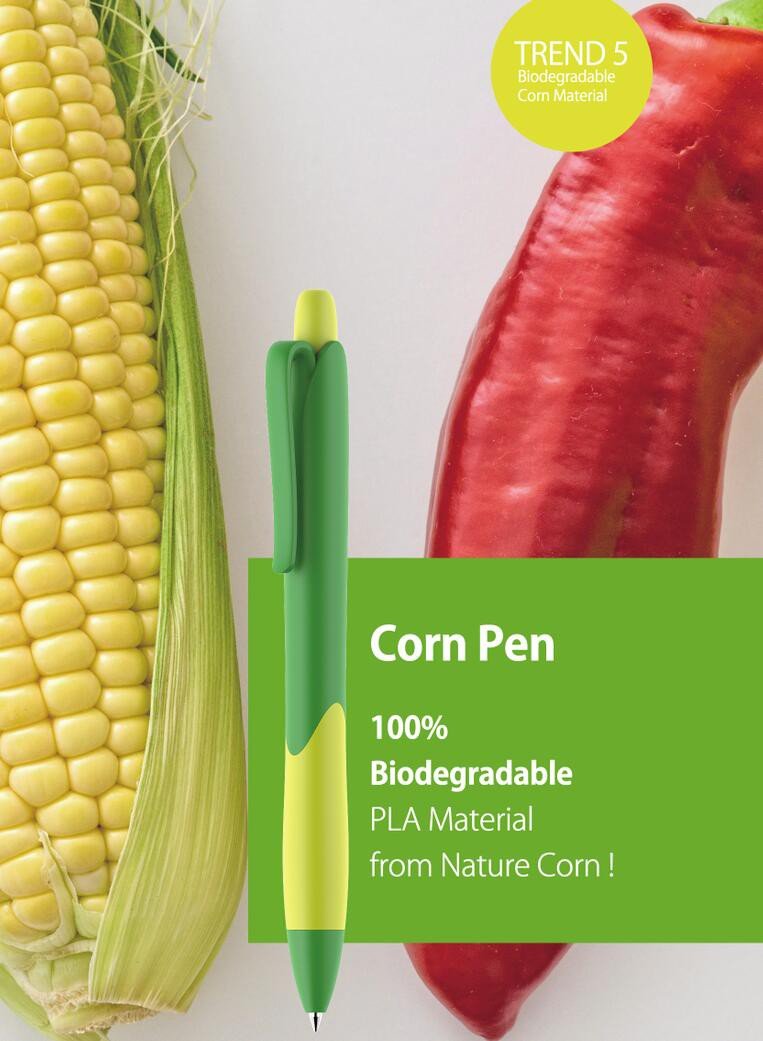PLA polylactic acid material performance introduction:
1. PLA material is a new type of biodegradable material, which is made of starch raw materials proposed by renewable plant resources (such as corn). Starch raw material is saccharified to obtain glucose, and then fermented from glucose and certain strains to produce high-purity lactic acid, and then chemical synthesis method is used to synthesize polylactic acid with a certain molecular weight. It has good biodegradability and can be completely degraded by microorganisms in nature after use, and finally generates carbon dioxide and water, which does not pollute the environment, which is very beneficial to protect the environment and is recognized as an environmentally friendly material. The treatment method of ordinary plastics is still incineration and cremation, which causes a large amount of greenhouse gases to be discharged into the air, while polylactic acid plastics are buried in the soil to degrade, and the carbon dioxide produced directly enters the soil organic matter or is absorbed by plants, and will not be discharged into the air. Does not cause greenhouse effect.
2. Good mechanical and physical properties. Polylactic acid is suitable for various processing methods such as blow molding and thermoplastic. It is easy to process and widely used. It can be used to process various plastic products, packaged food, fast food lunch boxes, non-woven fabrics, industrial and civilian fabrics from industry to civilian use. It is further processed into agricultural fabrics, health care fabrics, rags, sanitary products, outdoor UV-proof fabrics, tent fabrics, floor mats, etc. The market prospect is very promising.
3. Good compatibility and degradability. Polylactic acid is also widely used in the field of medicine, such as the production of disposable infusion equipment, non-disassembly surgical sutures, etc., and low molecular polylactic acid as drug sustained-release packaging.
4. In addition to the basic characteristics of biodegradable plastics, polylactic acid (PLA) also has its own unique characteristics. Traditional biodegradable plastics are not as strong, transparent and resistant to climate change as ordinary plastics.
5. The basic physical properties of polylactic acid (PLA) and petrochemical synthetic plastics are similar, that is to say, it can be widely used to manufacture various application products. Polylactic acid also has good gloss and transparency, which is comparable to the film made of polystyrene, which cannot be provided by other biodegradable products.
6. Polylactic acid (PLA) has the best tensile strength and ductility. Polylactic acid can also be produced by various common processing methods, such as: melt extrusion molding, injection molding, film blow molding, foam molding and vacuum molding, It has similar forming conditions to widely used polymers, plus it has the same printing properties as conventional films. In this way, polylactic acid can be made into various application products according to the needs of different industries.

7. Polylactic acid (PLA) film has good air permeability, oxygen permeability and carbon dioxide permeability, and it also has the characteristics of odor isolation. Viruses and molds are easily attached to the surface of biodegradable plastics, so there are concerns about safety and hygiene. However, polylactic acid is the only biodegradable plastic with excellent antibacterial and antifungal properties.
8. When incinerating polylactic acid (PLA), its combustion calorific value is the same as that of incinerating paper, which is half that of incinerating traditional plastics (such as polyethylene), and incinerating PLA will never release toxic gases such as nitrides and sulfides. . The human body also contains lactic acid in a monomeric form, which indicates the safety of this degradable product.

